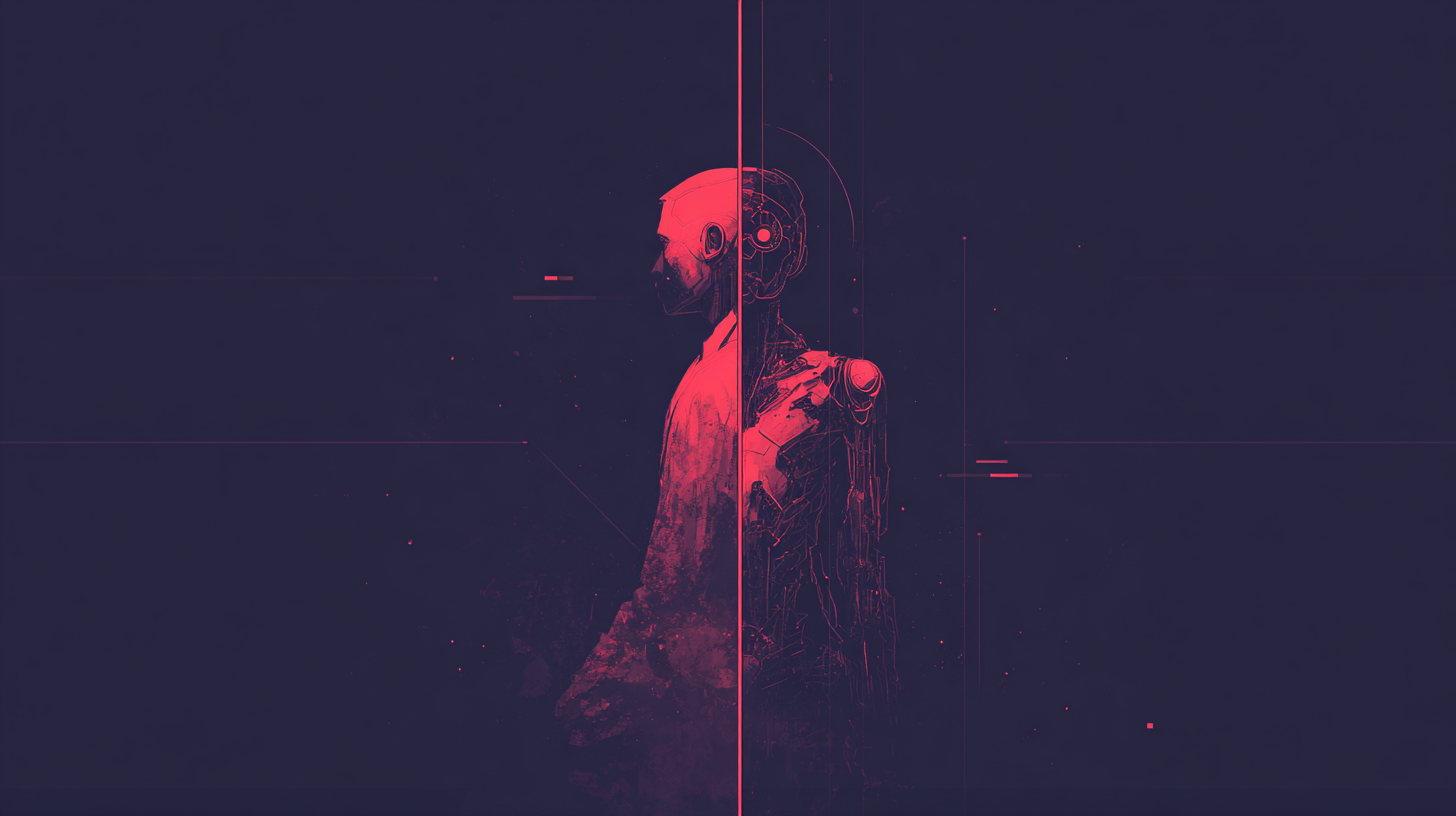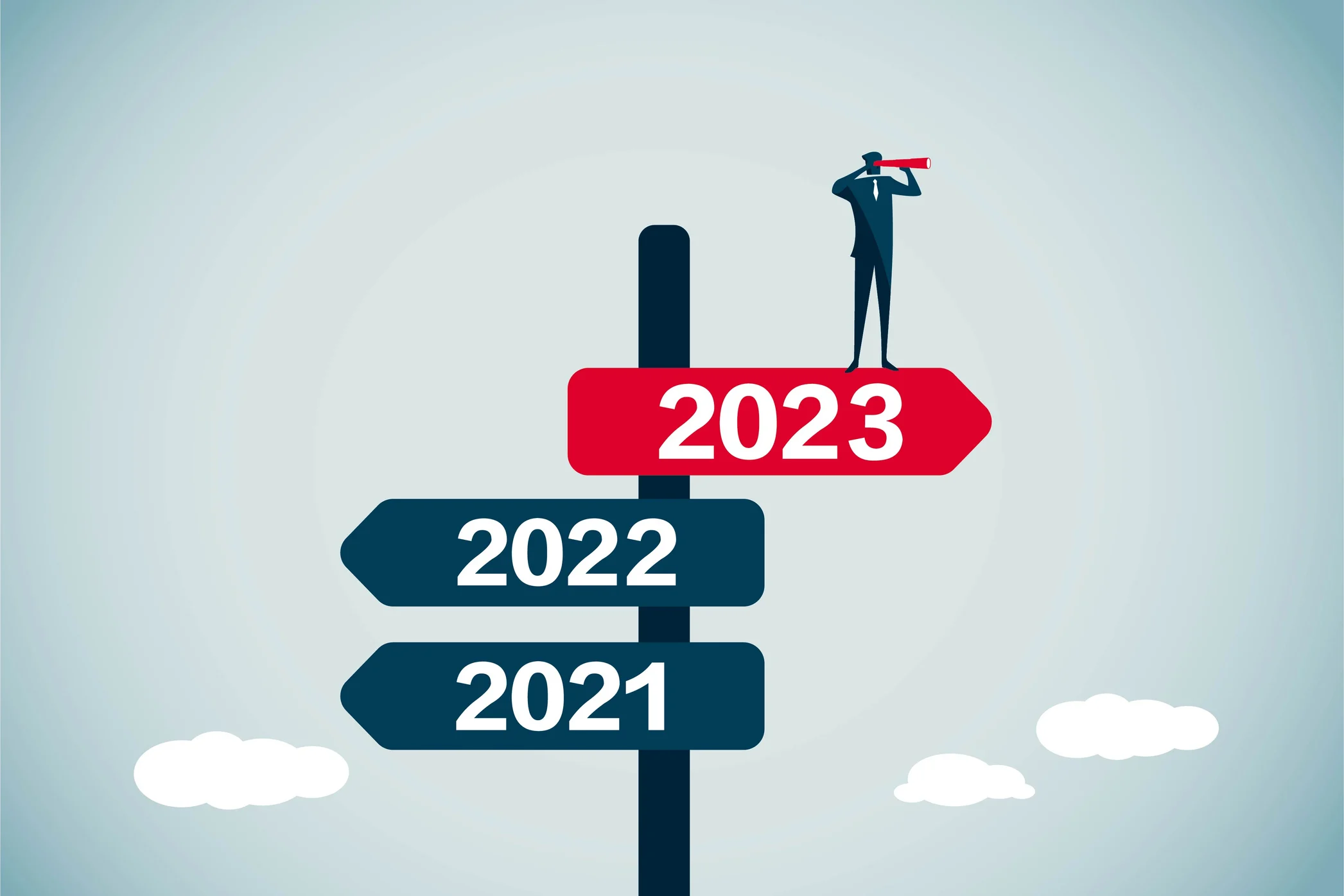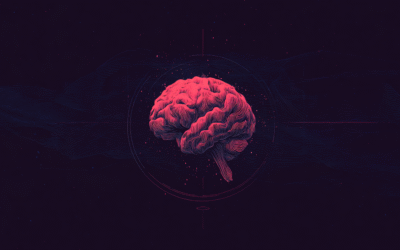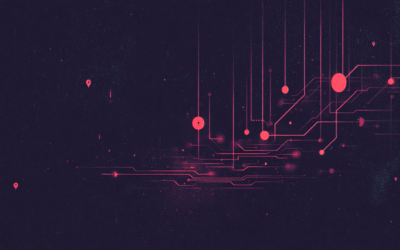AI Versus Human Intelligence: Can AI Replace Humans?
Let’s start with the question everyone keeps circling: Will AI replace humans? It’s the sort of thing people text me late at night, sounding half-joking but worried. The short answer is: no, not in the way you might expect—or fear. But it’s not as simple as saying, “AI will never replace us.” The story’s more tangled, and if I’m being real, it’s way more personal than most articles are willing to admit.
Watching AI Get Smarter—And The Creeping Feeling
I remember my first real brush with artificial intelligence. Not the early autocorrect junk or those “smart” fridges that freeze your lettuce. I mean the day I used a generative AI tool to spit out 600 words in my writing style. It was eye-opening—and just a little bit creepy.
AI can process language fast, and these tools crank out content on command. For a minute, I thought: am I training my replacement? But after a few hours picking apart the output, it became obvious—AI can produce a lot, but human judgment is still what shapes real value.
That feeling comes back every time AI development makes the headlines. Like earlier this year, when the EU AI Act rolled out and people were talking about it as if some all-knowing AI system might snap into place overnight. Truth is, for all the noise about advanced AI, the relationship between AI and human intelligence is still in its messy adolescence. There’s power there, but just throwing more AI at a problem rarely lands you the kind of result you get from a thoughtful, present human.
What AI Is Actually Good At (And What It Does Poorly)
Let’s get specific about the benefits of AI. Most of the hype around AI systems comes from the explosion of machine learning, AI algorithms, and automated processes that save time or surface patterns nobody saw before. AI excels at sorting through mountains of data, picking out connections, and laying out neat visualizations. Using AI tools, I can scan datasets in seconds that would’ve taken weeks to analyze by hand.
There’s real use in letting AI handle boring or repetitive tasks. That’s why the adoption of AI is skyrocketing in business and creative work—think of AI-powered proofreading, customer support, supply chain predictions. AI provides a sense of speed and efficiency that humans with AI can’t ignore.
But here’s the catch: AI can’t replicate emotional intelligence. It doesn’t understand shame or devotion. It doesn’t get joy, even if it can mimic your texting style. The limitations of AI show up right there. You can use AI tools to draft a memo or mock up a website, but the actual art—the sense for when enough is enough, when the words have bite, or when to pause—comes from the human touch.
You see it in real-world examples of AI too. Any time AI is expected to make decisions that require empathy, creative leaps, or ethical awareness, humans need to be there. AI decision-making processes can automate the surface tasks, but integrating AI with human oversight is what keeps the whole thing grounded. The question of whether AI will replace human workers is less about capability and more about our appetite to give up control.
Playing to Strengths: Humans and AI Work Better Together
Here’s what AI and human collaboration looks like after the hype wears off: Humans use AI to complete tasks, filter noise, and run analysis, while human creativity and judgment steer the ship. The balance between AI automation and our gut sense is where good work lives. It’s possible to use AI effectively, but only if you’re clear about its role.
Take the MIT Center for Collective Intelligence. What their studies keep showing is that advanced AI systems can amplify the collective intelligence of teams, but without human oversight, things get weird fast. When the capabilities of AI systems and human capabilities are combined intentionally, humans with AI become more than the sum of their parts. AI can help you see patterns you’d miss, but it can’t tell you if those patterns matter.
This makes room for real benefits of AI adoption: It can free human workers to focus on problems that need nuance, care, and fresh thinking. AI makes the grunt work easier so you can spend time where your mind and spirit are actually required. Without AI, you end up buried in rote tasks that sap creative energy. With AI alone, you miss what makes work meaningful.
Why “Replacement” Is The Wrong Word
Still, the headlines keep rolling in—AI will replace human workers, AI is expected to take over knowledge work, etc. But most of the time, this replacement fantasy is just a shallow way to talk about change. In the workplace, AI can be used to automate repetitive processes, but when it comes to high-stakes decision-making, communication, or anything needing trust, AI cannot make the leap without human intervention.
Ask anyone who’s worked alongside AI tools long enough, and they’ll tell you: AI can handle quantity, not quality. Human decision-making draws from memory, desire, intuition, and social intelligence. AI provides answers, but they still need to be questioned.
There’s something important about human capabilities that AI cannot reproduce, no matter how advanced AI becomes. Emotional resonance, the habit of wrestling with questions instead of reaching for easy answers, and the intuition that comes from screwing up and trying again—these aren’t just features of humanity. They’re the point.
Human Intelligence: Messy, Slow, Beautiful
There’s beauty in the way human intelligence works. It’s not always logical or efficient. I’ve sat with a problem overnight, turning it over quietly, just to wake up with a solution that feels right long before I could explain it. I’ve watched teams wrestle with messy questions, using AI to surface data but relying on laughter, trust, and sometimes sheer stubbornness to get things done.
The nature of AI is to optimize, compress, accelerate. The nature of human intelligence is to wonder and wander. That doesn’t make one “better” than the other, but it does mean that if you want to use AI effectively, you have to start by understanding yourself and your work. Use artificial intelligence where it fits. Don’t let it define your limits.
Can AI Replace Humans? Here’s Where We Actually Stand
People always look for the definitive answer to whether AI may eventually replace us. If you ask 10 experts, you’ll get nervous jokes and hedged bets. The reality looks something like this:
- AI is already everywhere you look—recommendation engines, chatbots, predictive maintenance, even hiring.
- The increased use of AI will continue, especially for tedious or data-heavy jobs.
- Advanced AI systems will force us to ask what makes human judgment irreplaceable.
- Generative AI is great for drafts, but the “finished” product still needs your eyes, your yes or no.
- The emotional intelligence, ethics, and sense of meaning we bring can’t be replaced by any current AI model.
The bigger worry isn’t whether AI will replace human intelligence but whether we’ll settle for less than we’re capable of. If you let AI decide everything—without checking, without asking why—you end up with a life and work stripped of reflection and context. There’s a cost to ignoring the limits of AI and the need for human oversight.
The Beauty of “Both-And” Thinking
The temptation is to pick sides: AI or humans. But growth starts when you let both play their parts. If your ego gets wrapped around being “better than the machine,” you’ll lose out on the benefits of AI. If you turn your life or business over to AI alone, you’ll dry up.
The magic happens when you use AI to create more time and space for reflection, for real talk, for beauty. The balance between AI and human decision-making isn’t a technical question—it’s a personal, spiritual one. The way you use AI, the way you integrate it into your rhythms, says as much about your values as it does about your workflow.
There are places where AI will outstrip us in sheer speed and volume. There are places it will always fall short. The trick is to get honest—not about what AI promises or threatens, but about what you actually want to protect in your work and your life.
On Staying Human As AI Becomes Ordinary
Here’s what I’m wrestling with: How do you keep your work and your soul intact as AI becomes more ordinary, more expected, more normal? It’s easy to get lazy, to let machines do everything. But the best results I’ve seen—all the real progress, the work people remember—comes from people willing to wade into the mess, ask the bigger questions, and use AI tools to lighten the load so they can go deeper.
In a way, the rise of artificial general intelligence and ever-fancier AI technologies is a test. Not just of our technical skills, but of our willingness to keep paying attention. To be present. To offer a human touch that’s irreplaceable.
So can AI replace humans? In some ways, yeah—by taking over what we’ve gladly given up. But for the things that matter, the answer is still no. AI may offer us speed, structure, efficiency, but it’s up to us to bring meaning, connection, and beauty back to the table.
Stay curious. Keep your standards high. Use AI, don’t worship it. That’s the only way any of this works.








0 Comments